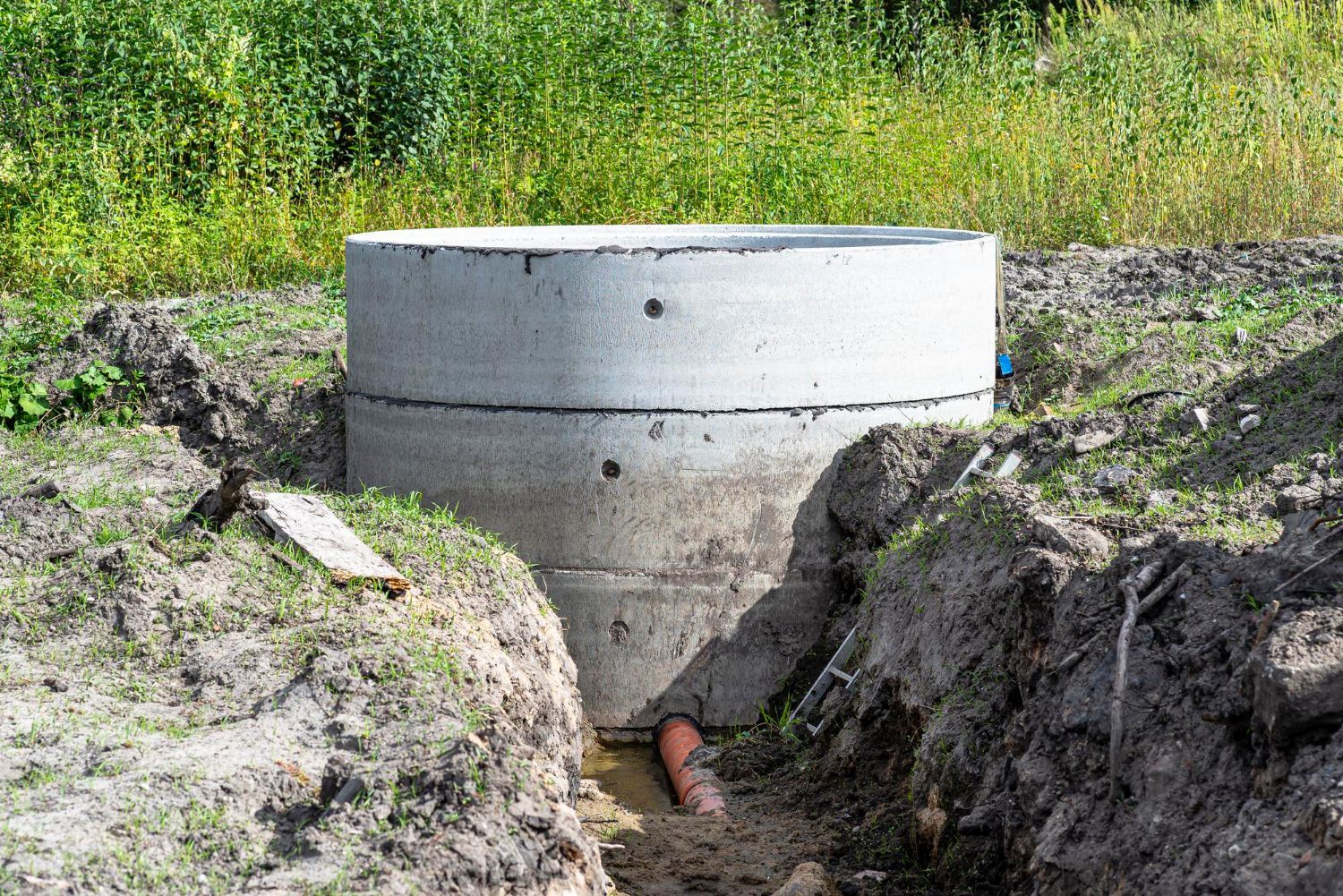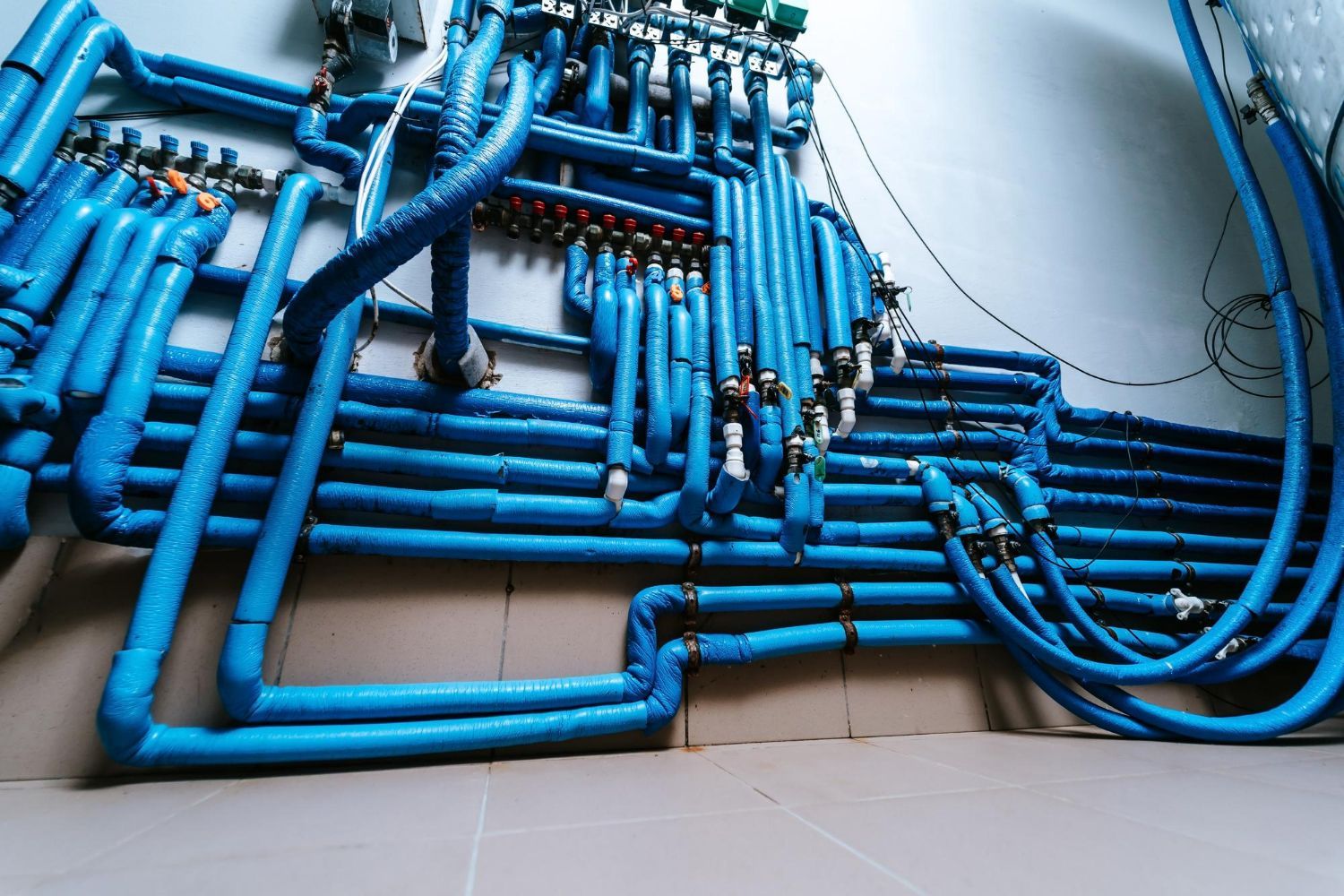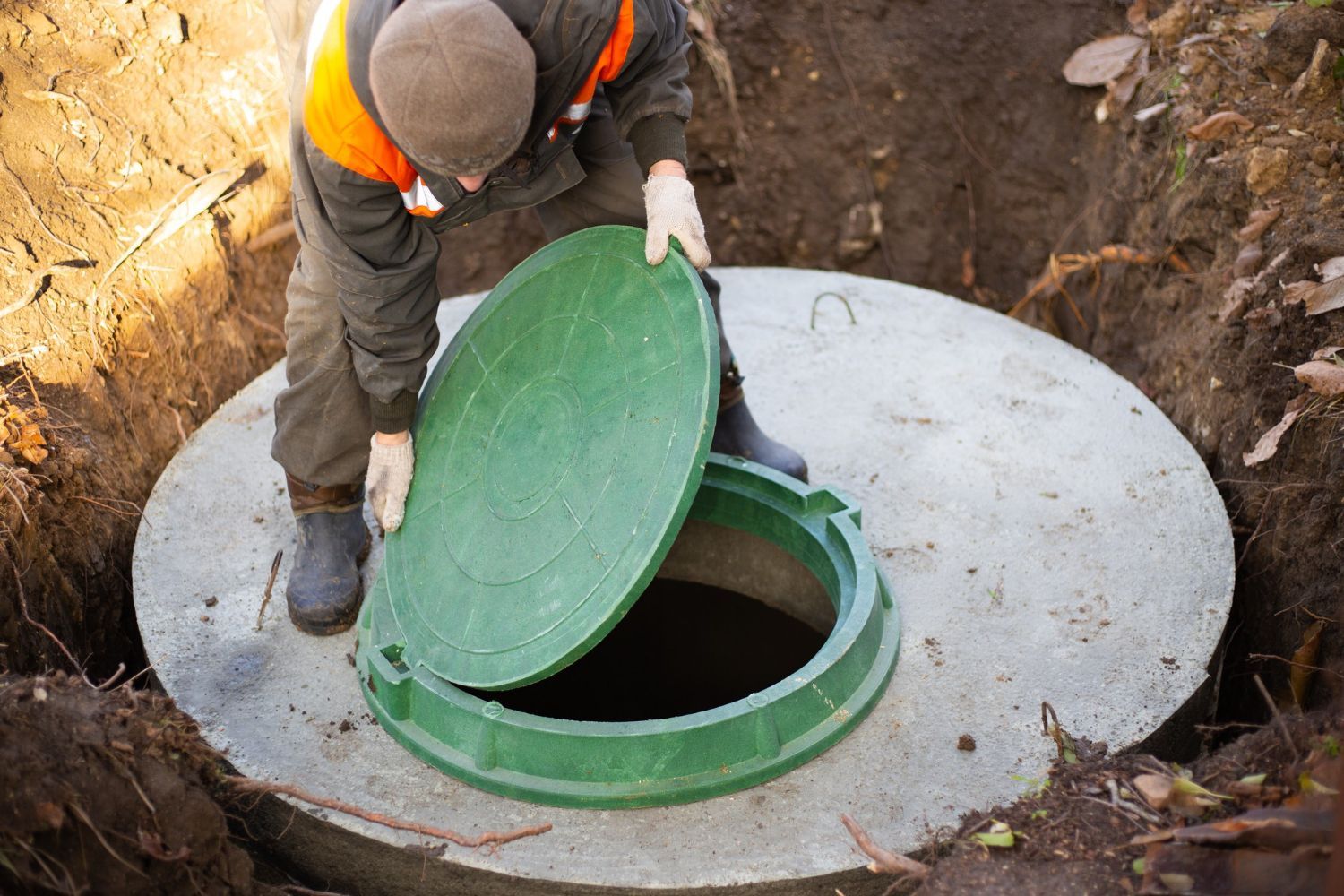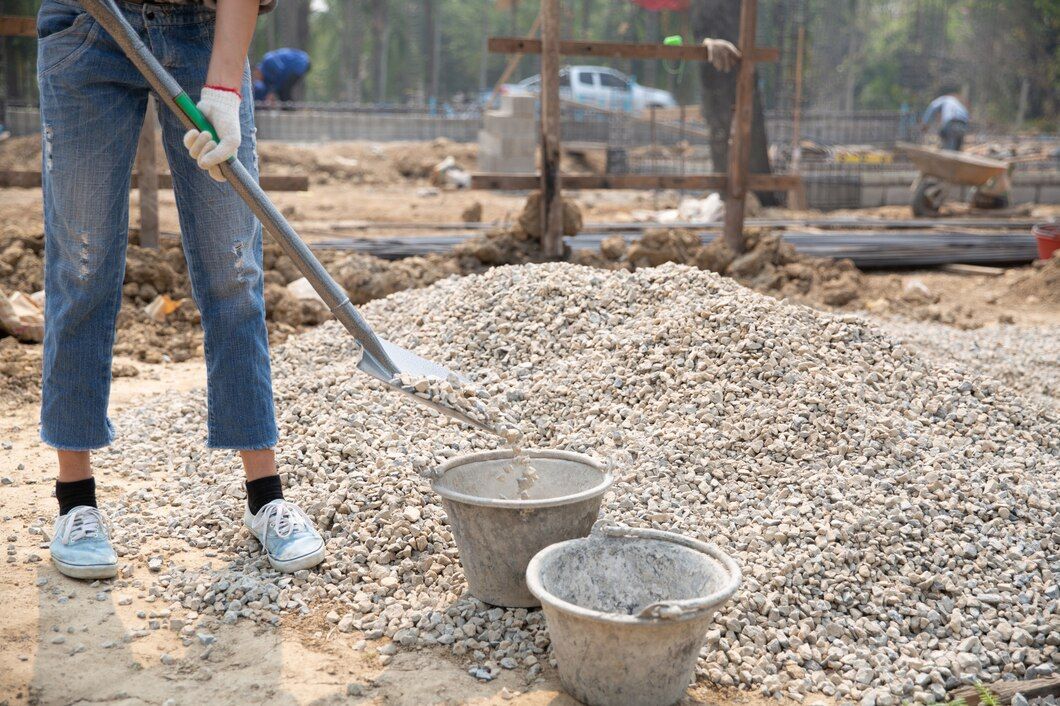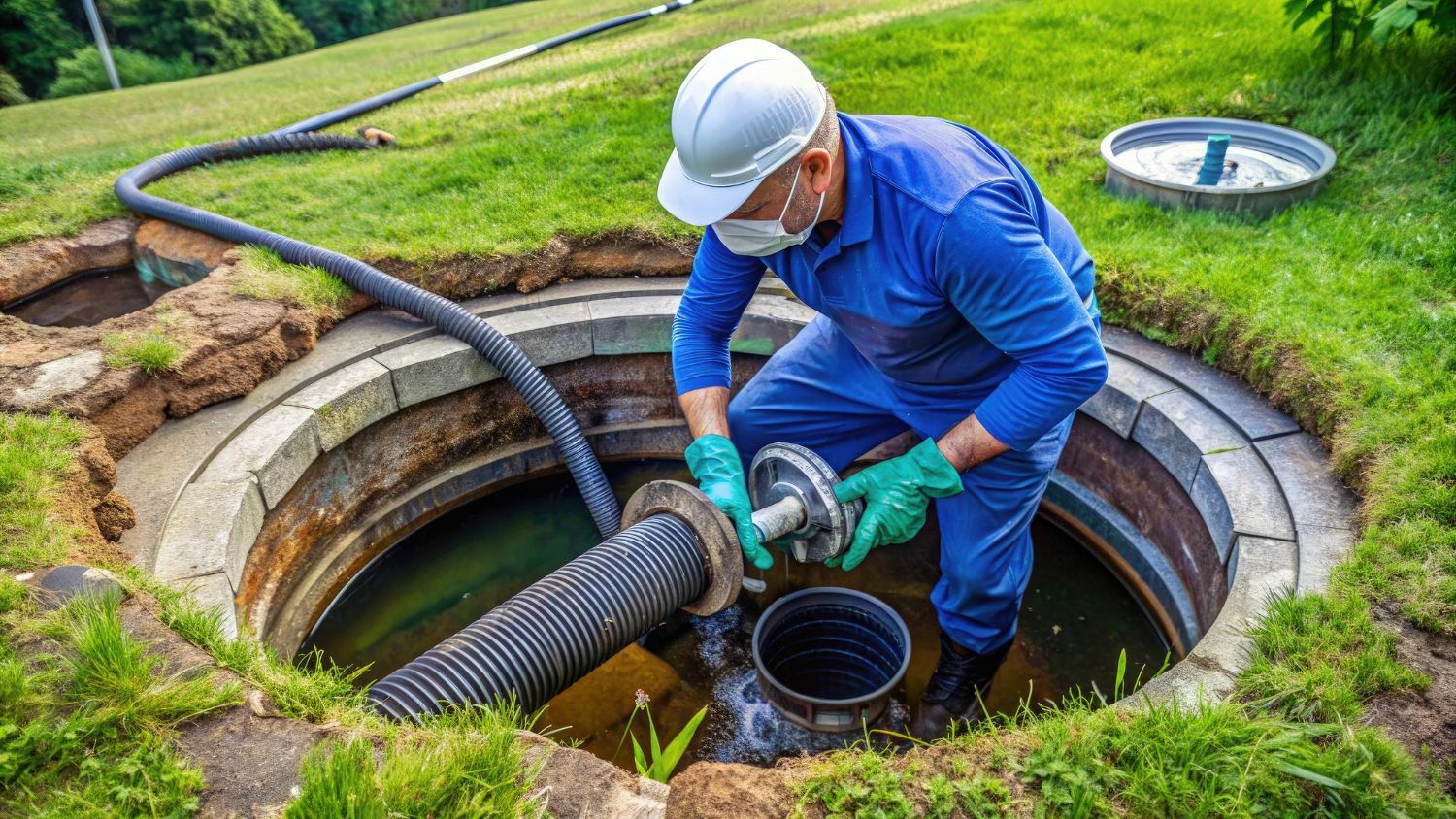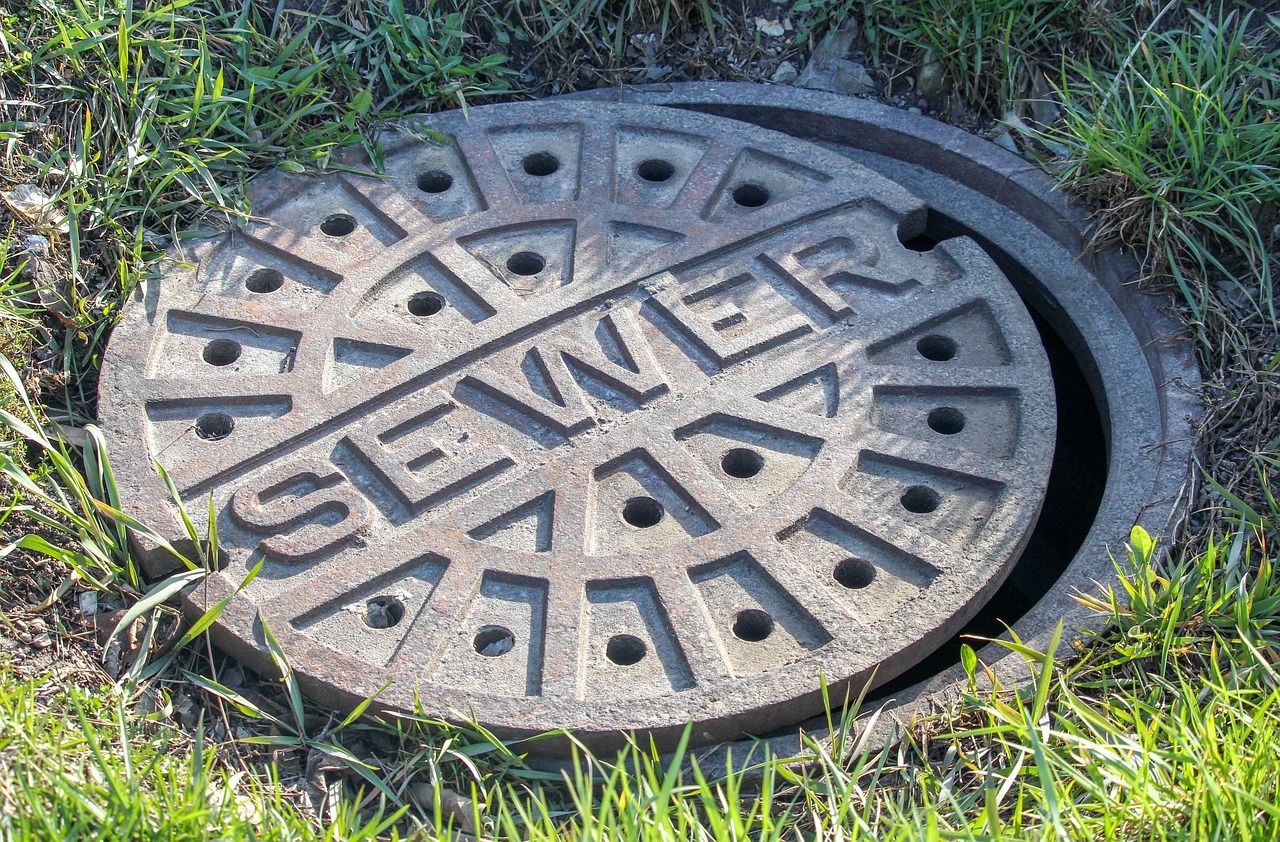Sump Pump Installation and Maintenance: Keep Your Basement Dry and Prevent Costly Water Damage
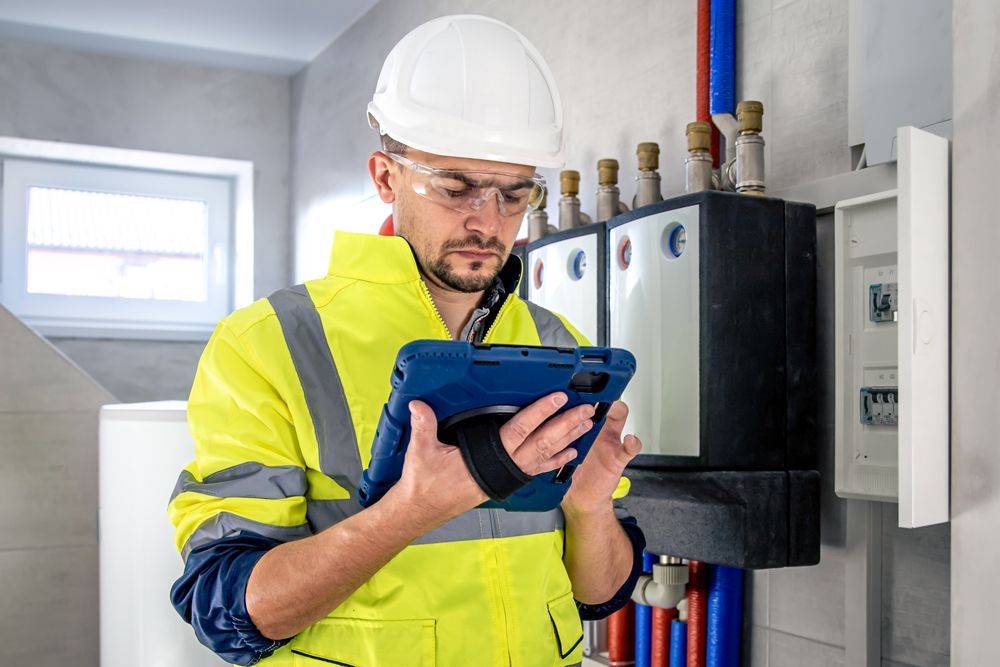
A flooded basement can be a homeowner's worst nightmare, resulting in costly repairs, damaged belongings, and potential health hazards due to mold and mildew. One of the most effective ways to prevent basement flooding and its associated problems is through sump pump installation and regular maintenance. This essential piece of equipment is designed to pump excess water away from your property, keeping your basement dry and safeguarding your possessions. In this informative guide, we'll explore the importance of sump pumps, discuss the different types available, and provide tips on their proper installation and maintenance.
Sump pumps are a critical component of your home's water management system, particularly in areas prone to heavy rainfall or high water tables. Installed in a designated sump pit or basin in the lowest part of your basement, these pumps automatically activate when water levels rise. They function by directing water to a storm drain or other suitable discharge location, thus preventing water buildup inside your property.
When selecting and maintaining a sump pump, it's crucial to consider factors such as the pump's capacity, type, and power source, as well as its installation and operational requirements. Proper sump pump maintenance ensures that your equipment remains in optimal condition and helps minimize the likelihood of failure or malfunctions, keeping your property protected during critical moments.
In this blog, we'll delve into the details of sump pump types and their respective advantages. Additionally, we'll provide guidance on proper installation and maintenance procedures, ensuring your home's lasting protection against water damage. With the expertise and assistance offered by Apollo Sewer & Plumbing, you can confidently protect your property and maintain a reliable, efficient water management system.
Types of Sump Pumps: Selecting the Right Pump for Your Property
When deciding on the right sump pump for your home, it's crucial to understand the different options available. The two most common types of sump pumps are pedestal pumps and submersible pumps. Each has its benefits and considerations, which we will explore below.
Pedestal Sump Pumps
Pedestal pumps are designed with the motor mounted on a shaft above the sump pit, while the pump itself sits at the bottom. This configuration keeps the motor dry and allows for more straightforward servicing. Pedestal pumps are generally more affordable but may be louder and less powerful than submersible pumps.
Submersible Sump Pumps
Submersible pumps, as the name suggests, are fully submerged in the sump pit within a waterproof casing. This design allows for a quieter operation and typically offers more power to handle larger volumes of water. However, submersible pumps tend to be more expensive and may have a shorter lifespan due to constant exposure to water and moisture.
Sump Pump Installation: Ensuring Proper Set-up and Functionality
Whether you choose a pedestal or submersible pump, proper installation is essential for optimal performance and preventing potential issues. Below are some essential factors to consider when installing your sump pump:
- Correct Sump Pit Location and Size
Ensure that your sump pit is installed in the lowest part of your basement, where water naturally flows. The pit should be large enough to accommodate your selected pump and allow for the correct operation of the float switch. - Adequate Discharge Pipe Routing
Your sump pump should discharge water at least 20 feet away from your home, with the optimal discharge location being a designated storm drain or dry well. The discharge pipe should be sloped downward from the pump to encourage proper water flow and avoid freezing during cold temperatures. - Check Valve Installation
A check valve is a critical component that prevents water from flowing back into the sump pit after the pump has turned off. Ensure that your sump pump's discharge pipe is equipped with a functioning check valve to minimize strain on the pump and reduce the risk of flooding. - Battery Backup System
Consider installing a battery backup system for your sump pump to ensure continuous operation during power outages or primary pump failures. This extra layer of protection can make a significant difference in keeping your basement dry during emergency situations.
Sump Pump Maintenance: Keep Your Equipment Running Smoothly
Regular sump pump maintenance is critical to ensuring your equipment remains in optimal condition and provides reliable protection against basement flooding. Follow these key maintenance tips to keep your sump pump functioning effectively:
- Annual Inspection and Testing
Conduct an annual inspection of your sump pump, including checking for wear, corrosion, or damage to its components. Test your pump by pouring water into the sump pit to ensure proper activation and water discharge. - Cleaning the Sump Pit
Over time, debris and sediment can accumulate in your sump pit, potentially inhibiting the pump's performance. Periodically clean out your sump pit to ensure unobstructed water flow and proper pump operation. - Check the Discharge Pipe and Valve
Inspect the discharge pipe and check the valve for any blockages, leaks, or wear. Ensure that the pipe is clear of debris and that the check valve is functioning correctly to avoid pump strain and the risk of flooding. - Battery Backup System Maintenance
If you have a battery backup system, regularly inspect the battery and connections for wear, corrosion, or damage. Test the backup system to ensure proper operation during power outages.
Conclusion: Protect Your Home with Sump Pump Installation and Maintenance
Proactively investing in sump pump installation and maintenance can help keep your basement dry and prevent costly water damage to your property. By understanding the different types of sump pumps, ensuring proper installation, and following a regular maintenance routine, you can confidently protect your investment and maintain a safe, comfortable living environment.
At Apollo Sewer & Plumbing, we take pride in offering comprehensive plumbing and sewer-related services for residential, commercial, and industrial clients. Our experienced technicians are well-equipped to handle
sump pump repair services, installation, and maintenance tasks with professionalism and expertise. Trust us to provide you with affordable, quality solutions for all your plumbing needs. Contact us today to learn more about our services or to schedule an appointment.

